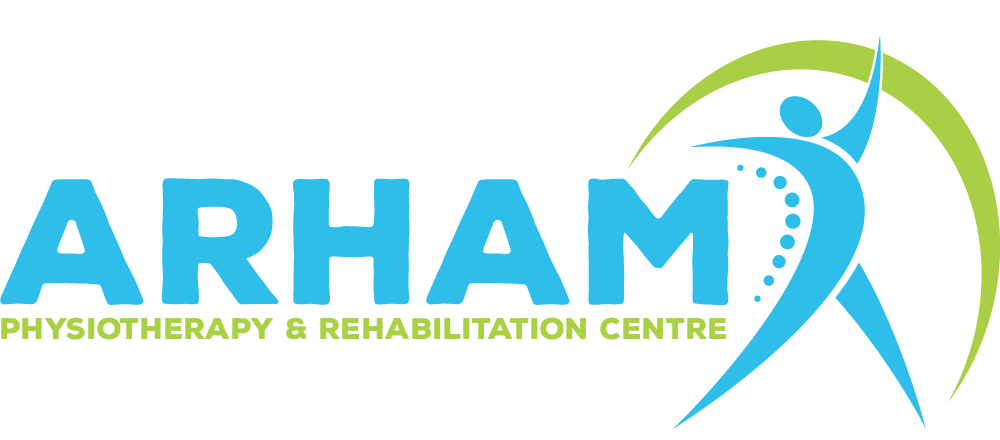Pain Management with Kinesio Taping: Targeted Approaches for Different Conditions
Applying a specific type of elastic tape to the skin in a specific pattern can alleviate pain, speed up the healing process, and give support; this method is known as Kinesio taping. While there is limited scientific evidence supporting the efficacy of kinesio taping for pain management, some people find it beneficial for specific conditions.
It’s important to note that individual responses to this therapy may vary, and it should be used as part of a comprehensive treatment plan under the guidance of a healthcare professional.
Muscle strains and Sprains:
Technique: Apply the tape along the length of the affected muscle or across the joint involved.
Purpose: The tape provides support to the injured muscle or joint, reducing stress on the tissues and promoting better circulation.
Low back pain:
Technique: Create an “I” or “Y” shape along the lower back, with the base of the tape at the sacrum and the arms extending over the painful area.
Purpose: This application is believed to support the lower back muscles and help alleviate pain.
Shoulder pain:
Technique: Apply the tape in a fan shape over the shoulder, with the base at the upper back and the arms extending toward the arm.
Purpose: The tape may support the shoulder muscles and improve shoulder mechanics.
Knee Pain:
Technique: Create a “V” shape with the base around the kneecap and the arms extending along the sides of the knee.
Purpose: This application provides the patella and surrounding structures, potentially improving alignment and reducing pain.
Ankle Sprains:
Technique: Apply the tape in a figure-eight pattern around the ankle, crossing over the affected area.
Purpose: The tape may support the injured ligaments, helping stabilize the ankle.
Carpal Tunnel Syndrome:
Technique: Apply the tape along the palm and back of the hand, wrapping around the wrist.
Purpose: The tape may support the wrist and help reduce pressure on the median nerve in the carpal tunnel.
Edema:
Technique: Use a lymphatic drainage taping technique, applying the tape in a specific pattern to encourage fluid movement.
Purpose: This application aims to facilitate the drainage of excess fluids, reducing swelling in the affected area.
Benefits of Kinesiology taping:
Decreased Pain:
Kinesiology tape, with the application of gentle pressure, aids in the disruption and dissipation of pain.
Increased circulation and decreased inflammation:
Tape can alleviate congestion by facilitating the adequate flow of oxygenated blood and lymphatic fluids. The circulation process effectively eliminates irritants, leading to a decrease in inflammation and the accumulation of chemicals, ultimately promoting a rapid recovery.
Improved posture and muscle support:
Using tape to areas deviating from optimal posture might provide a gentle means of supporting the right posture. The utilization of appropriate tape techniques facilitates the optimal functioning of weakened muscles, diminishes sensations of discomfort and weariness, and provides safeguarding against cramping, excessive extension, and excessive contraction.
Improved athletic performance:
Taping has the potential to enhance performance by providing support to unstable joints and exerting gentle pressure on dormant muscles. In contrast to alternative assistive technologies, which may foster reliance on them for stability and support, kinesiology tape facilitates the development of self-reliance and optimal functioning within the body.
Supported endogenous analgesic system:
Using tape facilitates the activation of the body’s innate healing mechanisms during recovery.
FAQs:
Que: What is Kinesio Taping?
Ans: One therapeutic method is kinesio taping, which entails covering the affected area with a specific kind of elastic tape. It is designed to support, reduce pain, and promote healing in various musculoskeletal conditions.
Que: How does kinesio taping work?
Ans: The tape is believed to lift the skin, creating space that may facilitate better blood circulation and lymphatic drainage. It is also thought to support muscles and joints, helping alleviate pain and improve function.
Que: Is kinesio taping the same as regular athletic tape?
Ans: No, kinesio tape is different from traditional athletic tape. It is elastic, allowing for a full range of motion and is designed to mimic the skin’s flexibility. This is in contrast to rigid athletic tape, which restricts movement.
Que: What conditions can kinesio taping be used for?
Ans: Kinesio taping is commonly used for muscle strains, sprains, low back pain, shoulder issues, knee pain, ankle injuries, and conditions like carpal tunnel syndrome. However, its efficacy can vary among individuals.
Que: does scientific evidence back kinesio taping?
Ans: The scientific evidence supporting the effectiveness of kinesio taping needs to be more extensive and mixed. While some studies suggest potential benefits, more research is needed to establish its efficacy conclusively.
Que: Can I apply kinesio tape or seek professional help?
Ans: While resources are available for self-application, consulting and having an appointment with a doctor, PT, or sports medicine expert is recommended. They can assess your condition, demonstrate proper taping techniques, and provide personalized guidance.
